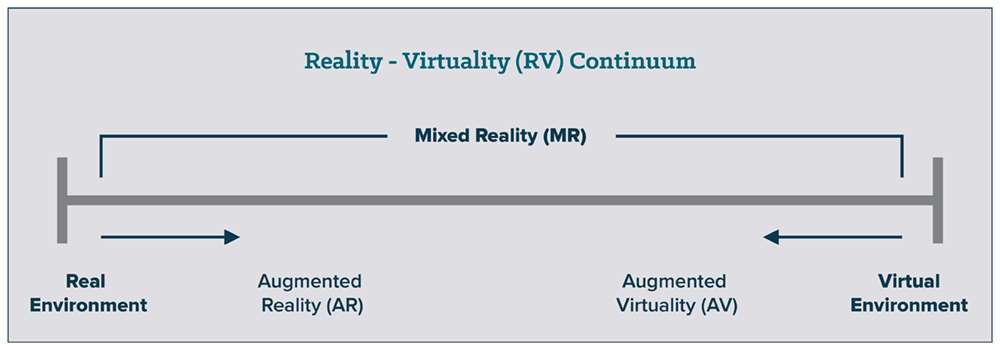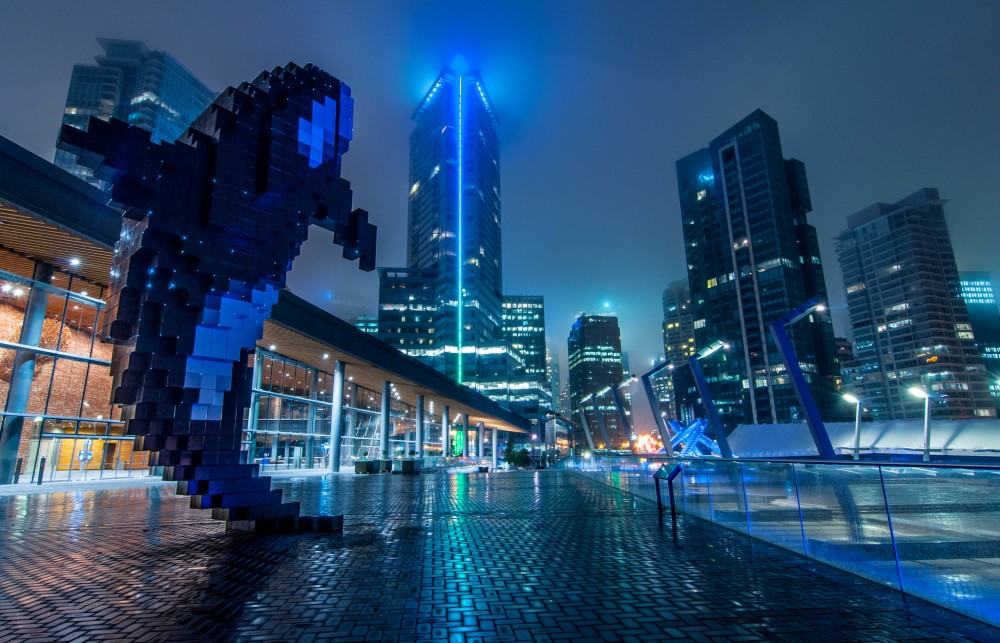In an age of mashups and remixes, the word “phygital” is an apt hybrid. Phygital marketing seeks to seamlessly blend the physical and digital reality through omnichannel communications and experiences. This trend has huge implications for the future of tourism: phygital tourism will affect far more than consumer behaviour, it will also impact the way people can experience your destination and the stories they will tell.
A phygital experience brings the digital experience to life in the physical world, or vice-versa. Augmented and virtual reality tools are important examples, but they don’t tell the full story. Phygital tourism combines digital communication and travel with physical space. These three elements can merge into a single visitor experience in many ways.
Virtual and physical environments are colliding
In 1994, computer scientist Paul Milgram described the collision of real and virtual worlds with this Reality-Virtuality Continuum. Any experience that lies between the two extreme points (Real Environment and Virtual Environment) are called “Mixed Reality”. Think about how your Google Maps app tells you where you are in the real world through a digital screen. That’s one version of Mixed Reality.

What does this mean in practice for travel and tourism? Here are examples from the two ends of the spectrum:
Virtual travel is gaining physical, real-world characteristics:
- Omnipresenz. Part television, part social interaction, this service allows users to virtually travel and experience real locations through a “telepresence tourist.” Viewers can communicate with the human avatar and, to some degree, affect their real-world decisions. This is true armchair tourism. In the same way that Google Street View allows us to see what a destination looks like in a virtual environment, Omnipresenz attempts to truly show users what the experience feels like on the ground in real time.
- The European time machine project. What if you could walk the streets of Rome today and see what the city looked like centuries ago? A vast network of European institutions, including the European Commission, is building an ambitious “Large Scale Historical Simulator” to map 2000 years of European history. The project aims to bring Europe’s cultural heritage into the future. It expects to have a large impact on Europe’s 600 million annual visitors as data and images are collected and new forms of virtual reality are developed to drive innovative historical experiences.
Physical travel is gaining virtual characteristics:
- Google Tango. This new augmented reality platform overlays digital experiences onto physical ones. Some tourism experiences like museums are already using this technology to add value to their visitor experience. (Editor’s note: Google has since closed its Tango project, which DailyWireless has summarized here.)
What does phygital tourism mean for destination marketers?
Phygital tourism is a cultural force that is changing the role of the destination marketing organization (DMO), so it’s important that marketers remain aware of the trends. However, tourism is all about visitors and residents. In the end, people will decide which platforms are important. A DMO’s role is not to invest into building a new platform; it simply needs to go where the people are.
That means DMOs may need to be present on phygital platforms in the same way that they use today’s newest mediums like Instagram. These platforms will need content, so DMOs may become content providers and curators.
There are more consequences to consider. Have you ever heard a friend say, “I look forward to unplugging for a week or two?” Real world experiences may start to become more valuable, precious, and scarce as virtual or Mixed Reality experiences become mainstream. This may affect how your visitors perceive your destination’s experiences.
Are phygital experiences affecting your destination? Let us know in the comments below.
Related reading: How will augmented reality support the tourism experience?









0 Comments